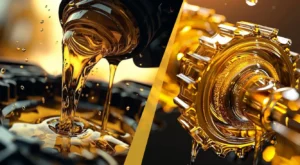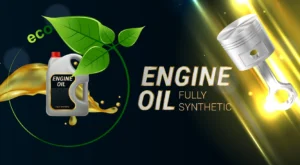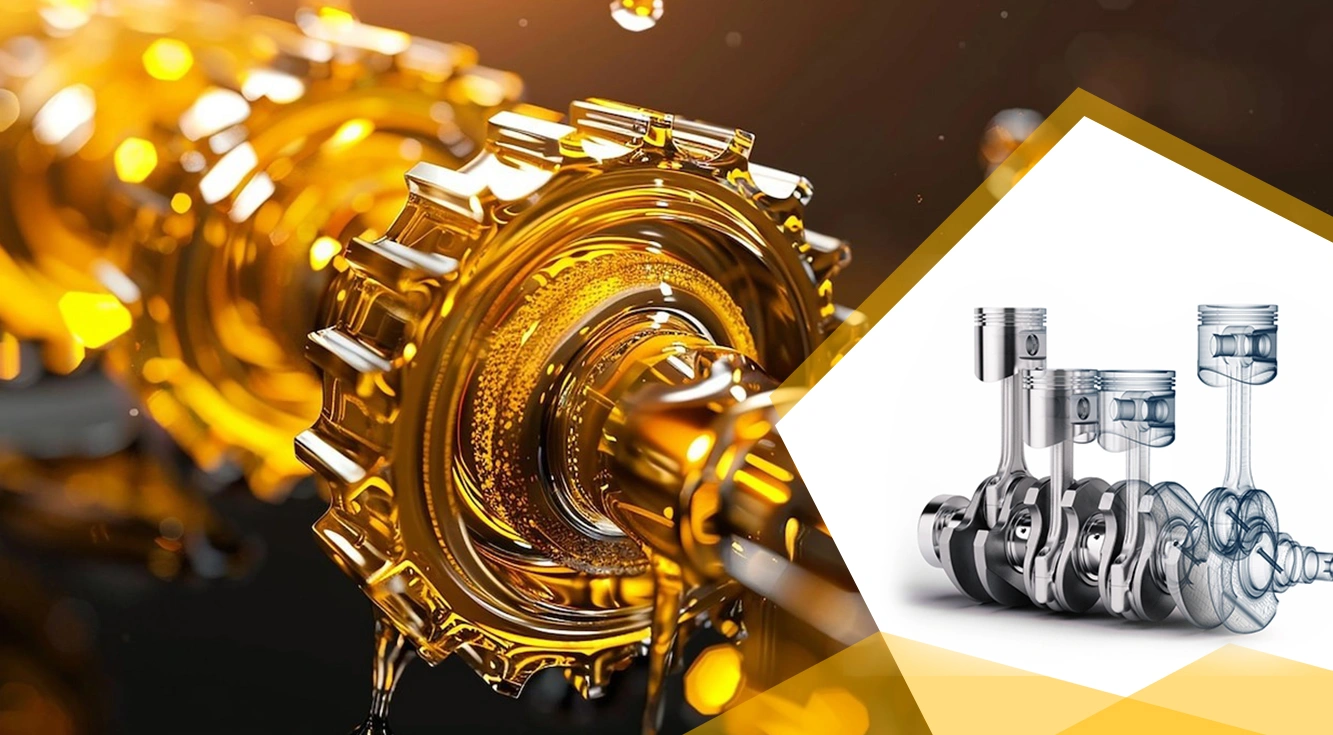When it comes to formulating lubricants that perform under extreme temperature variations, viscosity index improvers (VIIs) are essential. Whether you’re in the automotive, manufacturing, energy, or heavy machinery sector, choosing the best VI improvers can significantly impact operational efficiency, equipment longevity, and overall cost savings.
In this blog, we’ll guide you through how to select the right viscosity index improvers, explore various industrial lubricant additives, and offer practical tips tailored to your industry needs.
What Are Viscosity Index Improvers?
Viscosity index improvers are polymer additives used in lubricants to reduce the change in viscosity across a wide temperature range. A lubricant’s viscosity index indicates how much its viscosity changes with temperature. The higher the VI, the less the oil thickens in cold or thins in heat—ensuring optimal lubrication across operating conditions.
Common industries using VIIs include:
- Automotive and transportation
- Manufacturing and machining
- Heavy equipment and construction
- Heavy Energy and marineand construction
By choosing the best VI improvers, companies can maintain equipment reliability, enhance fuel efficiency, and reduce maintenance costs.
Why VI Improvers Matter in Industrial Applications
In industrial settings, machinery is often exposed to varying temperatures and loads. Using the right industrial lubricant additives, including VIIs, ensures your lubricants:
- Maintain consistent performance
- Provide adequate film strength at high temperatures
- Prevent excessive thickening at low temperatures
- Reduce wear and friction
Failure to use the correct viscosity index improvers can lead to overheating, component failure, and costly downtime.
Factors to Consider When Choosing the Best VI Improvers
1. Industry Requirements and Operating Conditions
Every industry has unique demands. For example:
- Automotive: Requires shear-stable VI improvers for engine oils.
- Hydraulic systems: Need VIIs that can maintain performance in extreme cold.
- Heavy machinery: Demands robust polymers for high-load, high-temperature operations.
Tailor your selection based on the specific temperature ranges, load conditions, and application cycles of your operation.
2. Shear Stability
Shear stability is a critical factor when choosing the best VI improvers. Some polymers degrade over time, reducing the effectiveness of the lubricant. For high-shear environments like gearboxes or diesel engines, opt for shear-stable viscosity index improvers such as Olefin Copolymers (OCP) or Polymethacrylates (PMA).
3. Compatibility with Base Oils
Not all viscosity index improvers are compatible with every base oil. When formulating your lubricant, ensure the additive blends well with Group I, II, III, or synthetic base oils, depending on your application.
Common Types of Viscosity Index Improvers
Olefin Copolymers (OCP)
- Cost-effective
- Widely used in automotive lubricants
- Moderate shear stability
Polymethacrylates (PMA)
- Excellent low-temperature properties
- Good shear stability
- Suitable for high-performance applications
Styrene-Diene Copolymers
- High performance
- Superior thickening efficiency
- Used in advanced industrial lubricant additives
Each type has its advantages, and the best VI improvers are those matched to your formulation goals.
The Role of Industrial Lubricant Additives Beyond VIIs
Industrial lubricant additives include more than just VI improvers. A balanced formulation may also incorporate:
- Anti-wear agents: Protect metal surfaces from damage
- Detergents and dispersants: Maintain cleanliness in engines
- Antioxidants: Prolong oil life
- Rust and corrosion inhibitors
Choosing the right combination of additives ensures your lubricant not only handles temperature changes but also provides comprehensive protection.
How to Evaluate VI Improvers: Lab Testing & Performance Data
Don’t rely on datasheets alone. Ask suppliers for:
- Field test results
- Shear stability index (SSI)
- Brookfield viscosity curves
- Viscometric profiles at multiple temperatures
A top-tier viscosity index improver will demonstrate minimal viscosity loss over time, even under stress.
Application-Based Recommendations: Best VI Improvers by Sector
Automotive Industry
- PMAs for engine oils
- OCPs for multigrade oils
- High-shear stability polymers for diesel applications
Heavy-Duty Equipment
- Choose high-molecular-weight OCPs or styrene-diene copolymers
- Must perform under high loads and thermal cycling
Energy Sector
- Synthetic base oils with PMAs work well in turbines and compressors
- High oxidative stability required
Manufacturing and Machining
- Hydraulic oils benefit from PMA or multifunctional VIIs
- Opt for additives with strong detergency and anti-wear features
Tailoring your industrial lubricant additives to your operational environment guarantees optimal performance.
Cost vs. Performance: Making the Right Trade-Off
Sometimes the best VI improvers are not the most expensive but the most efficient. Consider:
- Total cost of ownership: Improved performance often leads to lower maintenance costs
- Additive treat rate: A more efficient additive might need a lower treat rate, balancing costs
- Downtime savings: Better lubricants extend equipment life and reduce repair frequency
A smart formulation using high-quality viscosity index improvers can yield measurable ROI.
Working with Additive Suppliers
Reputable additive suppliers can help:
- Customize VIIs based on your base oil
- Provide technical support and performance analysis
- Ensure regulatory compliance
When sourcing industrial lubricant additives, partner with suppliers that offer transparency, testing, and proven product performance.
Conclusion: Your Guide to the Best VI Improvers
Choosing the right viscosity index improvers is essential for the performance, efficiency, and reliability of your lubricants. By understanding your industry requirements, assessing additive performance, and leveraging expert support, you can formulate lubricants that exceed expectations.
Whether you’re developing a new product or upgrading an existing lubricant, always prioritize the best VI improvers and a well-balanced additive package. Your equipment—and your bottom line—will thank you.
FAQs About VI Improvers
Q: What is the difference between VI and viscosity?
A: Viscosity measures a fluid’s resistance to flow. VI measures how much that viscosity changes with temperature.
Q: Can VI improvers be used in all oils?
A: No. Compatibility depends on the base oil type and application. Consult your additive supplier for guidance.
Q: How often should industrial oils with VIIs be changed?
A: It depends on operating conditions, but high-performance VIIs can extend oil change intervals significantly.





